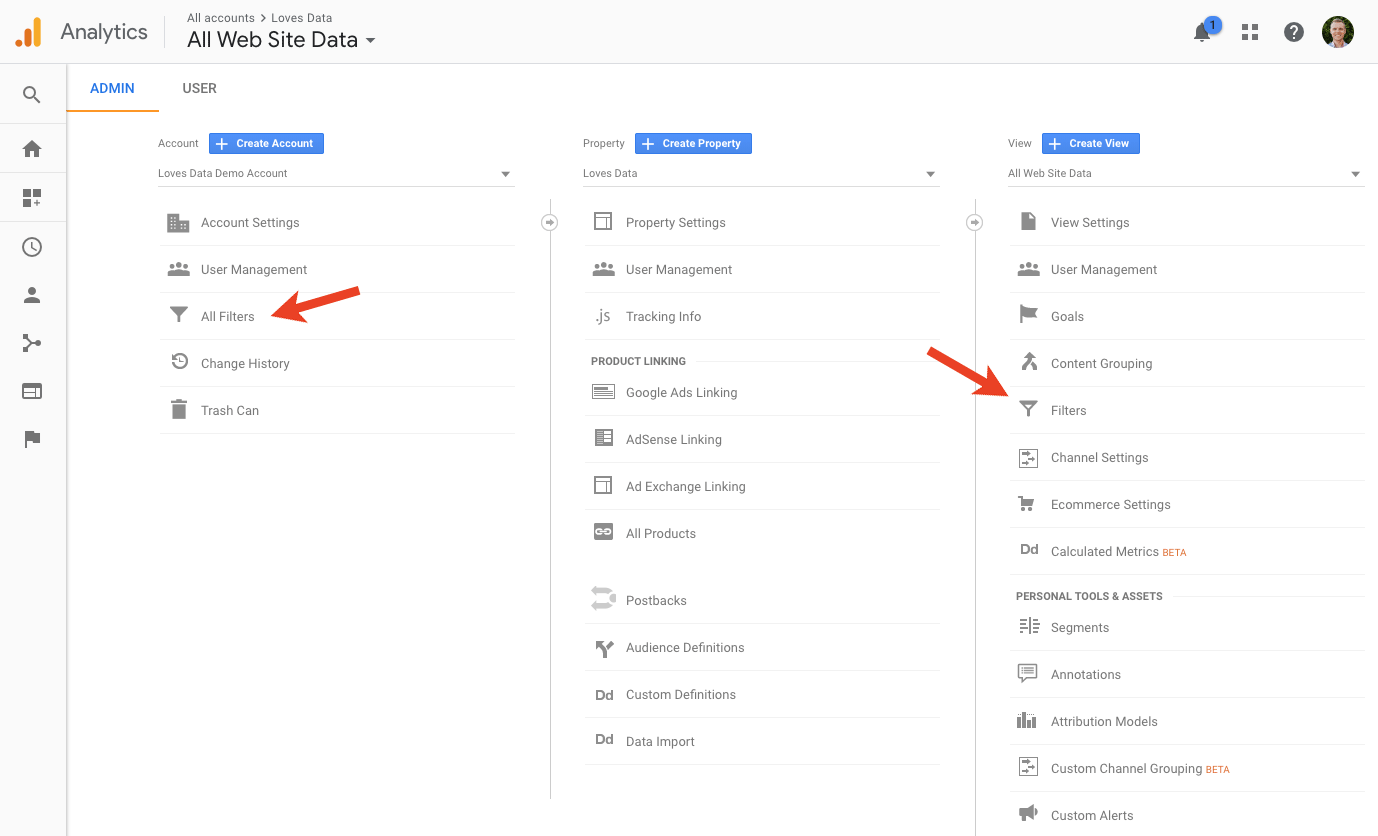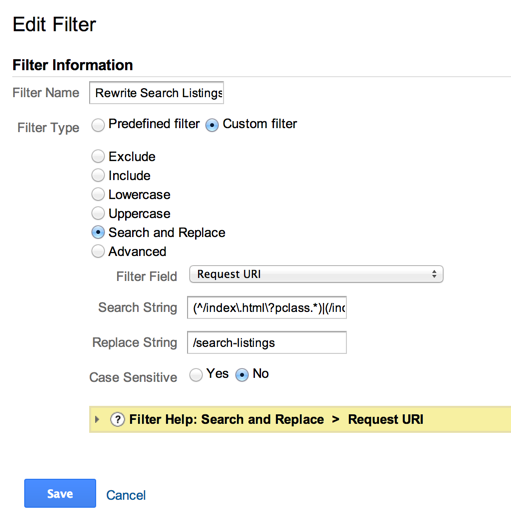Rumored Buzz on In Which Order Does Google Analytics Filter Data
The Greatest Guide To In Which Order Does Google Analytics Filter Data
Table of ContentsWhat Does In Which Order Does Google Analytics Filter Data Do?In Which Order Does Google Analytics Filter Data - The FactsIn Which Order Does Google Analytics Filter Data Things To Know Before You BuyIn Which Order Does Google Analytics Filter Data - QuestionsThe Basic Principles Of In Which Order Does Google Analytics Filter Data Some Known Facts About In Which Order Does Google Analytics Filter Data.
io" is the site and also if I go to the homepage and also click some other web pages like signup web page, it shows me in the real-time report popping-up as just how we established in the filters. This web page is the of website and you can see the sub-domain highlighted as.
Similar to the previous procedure, we must create a new filter as stated in the last steps - In Which Order Does Google Analytics Filter Data. in this new filter, I'm calling it as and also I'm choosing After that I'm inputting the filter pattern as In this filter pattern, the pipe symbol () is consisted of to connect any various other hostname that you wish to include in addition to the other hostnames
The Basic Principles Of In Which Order Does Google Analytics Filter Data
This is exactly how you can go inspect your website and comeback sight in real-time records. The real-time report currently reveals the changes that you made when producing that filter. In this instance, the Broken page explains concerning link of the page i. e when the Page URL being repeated the same, omitting reduce or any minute elements.
Currently produce a brand-new filter and also I call it as. Choose as well as choose the filter areas. Kind down the required Reg, Ex lover(you can copy-paste after discovering the correct Expressions to positioned). This Reg, Ex-spouse is type of big, but if learned it can be conveniently developed. Reg, Ex provided right here is, this in basic terms indicates to' include a lower to that crack URL'.

How In Which Order Does Google Analytics Filter Data can Save You Time, Stress, and Money.
The adhering to instructions will certainly stroll you with the procedure: Develop a new Google Spread sheet (or open an existing one). From the add-on description web page, click the "+" in the leading right corner to add this add-on to your spread sheet.
Records can be produced manually or with the aid of the add-on's report creation tool. To utilize the device, choose "Attachments" > "Google Analytics" > "Produce a New Record" from the menu bar.
The tool is meant to help obtain you began as well as provide you with the info you could not understand off the index top of your head. The remainder of the areas will certainly require to be entered by you.
The Of In Which Order Does Google Analytics Filter Data
It can be a sheet in the spread sheet you're presently in, or a various spread sheet altogether (as long as you have modify access to that spreadsheet). To print the results to a various spreadsheet copy the spread sheet URL and also paste it right into the cell to the right of the "spreadsheet-url" specification.
This opens a record organizing dialog where you can turn organizing on and off, as well as establish just how frequently your these details record will certainly run. To transform organizing on, examine the box identified "Enable reports to run automatically." As soon as organizing is allowed you can make use of the choose dropdown to control the time and frequency.
When organizing reports, make certain there is lots web link of time between when you produce the routine and also when the routine is supposed to run. Call Description This is the record name. It will certainly also be the name of the sheet where the record information is composed.
The following expression returns the last day of the previous month: =EOMONTH(TODAY(), -1) The end day for fetching Analytics data. Demands can specify an end date formatted as YYYY-MM-DD, or as a relative date (e. g., today, the other day, or Ndays, Ago where N is a positive integer). You can likewise use Sheets date features to specify this value programmatically.
Metrics can be defined in a couple of layouts: As an example, every one of the complying with are legitimate values for the Metrics parameter. ga: sessions, ga: bounces ga: sessions ga: bounces ["expression": "ga: sessions/ga: users", "pen name": "Sessions per Customer", "format, Type": "FLOAT", "expression": "ga: overall, Events/ga: pageviews", "pen name": "Occasions per Pageview", "format, Type": "FLOAT"] For most utilize instances, a list of statistics IDs is the most convenient way to define the Metrics criterion.
The Ultimate Guide To In Which Order Does Google Analytics Filter Data
The complete listing of measurements and metrics and also their legitimate combinations is available making use of the Dimensions and also Metrics Explorer. Call Description A listing of dimensions to inquire. Dimensions can be defined in one of two styles: For instance, all of the following stand values for the Metrics parameter. ga: resource, ga: gadget, Group ga: source ga: device, Group ["name": "ga: resource", "name": "ga: device, Classification"] For a lot of use instances, a list of measurement IDs is the most convenient method to define the Dimensions specification.